Many people love to receive pet rabbits as gifts, especially when they are still babies. However, raising rabbits is not an easy responsibility. Aside from the expenses, you should know how to take care of them properly.
This includes understanding their feeding habits, behavior, and how to help them live longer.
How long do rabbits live? The lifespan of rabbits depends on their breed and their habitat. Larger rabbits typically live shorter than smaller ones. Similarly, large purebred rabbits usually die earlier than mixed-breed dwarf rabbits. Pet rabbits can live up to more than 10 years, longer than those living in the wild.
Rabbits are great pets and are not harmful to humans, but they don’t want to be cuddled or picked up. Although these animals are cute, they are not suitable for children.
In this comprehensive guide, you will not only learn the lifespan of some rabbit breeds. You will also know how to take good care of them.
How Long Do Rabbits Live In the Wild?
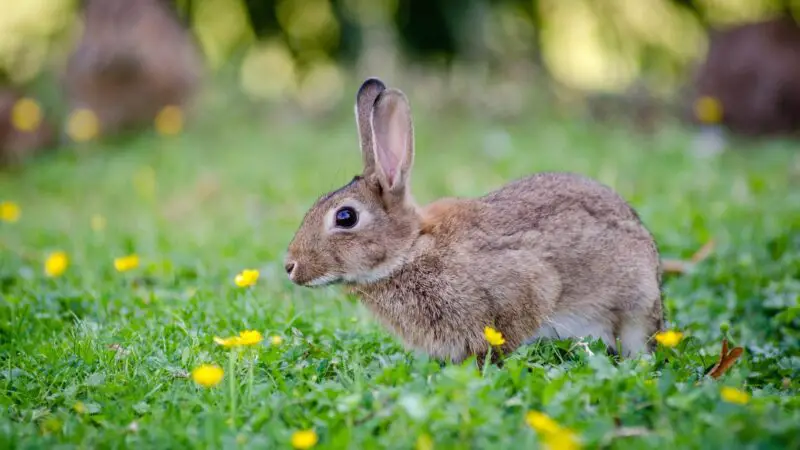
Rabbits that are living in the wild have a shorter lifespan than domesticated rabbits. The Cottontail rabbit is one of the most common wild rabbits in the United States.
They usually live up to 12 to 15 months only. Scientifically known as Lepus sylvaticus, most of these wild rabbits die while they are still babies.
How Long Do Rabbits Live as Pets?
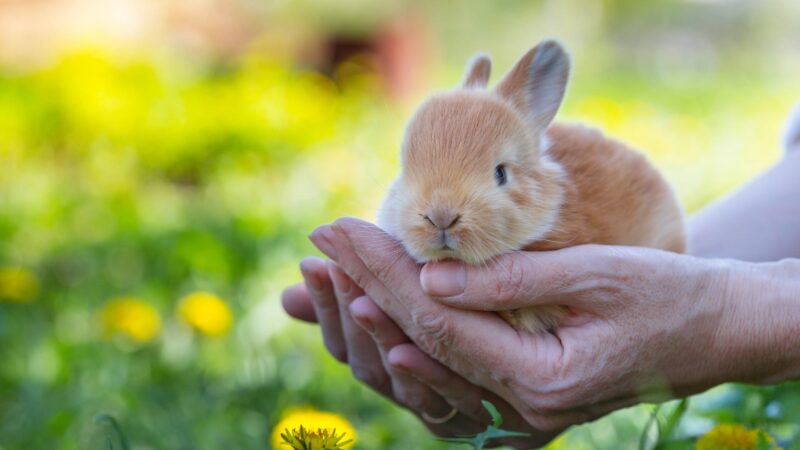
Most pet rabbits have an average lifespan of 8-9 years but some of them can live up to 12 years. Unlike before the 19th century, domesticated rabbits only live up to 5-6 years only.
So far, the only rabbit species that can be kept as pets at home are the European rabbits, scientifically known as Oryctolagus cuniculus.
Can Rabbits Live 20 Years?
As of posting, there are no official records showing that a certain rabbit has lived for 20 years. Nevertheless, it may not be impossible for a pet rabbit to live that long since the recorded oldest rabbit was nearly 19 years old when it passed away. Improvements in taking care of pet rabbits are a continuous discovery.
Do Some Rabbit Breeds Live Longer Than Others?
Some rabbit breeds live longer than others. Although there are a lot of factors that can affect a rabbit’s lifespan, smaller rabbit breeds are known to have a longer life than the bigger ones.
Keeping rabbits as pets also helps them live longer because they are being provided with all their need, and they are safer.
How Long Do Dwarf Rabbits Live?
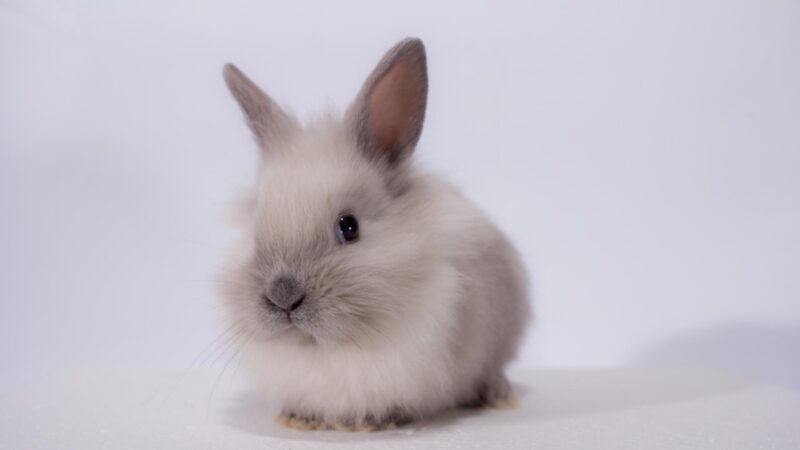
Dwarf rabbits can live from 7 to 9 years if they are well taken care of. Dwarfism in rabbits (and in humans and other animals) is a genetic mutation that can manifest in physical appearance.
Typically, these small rabbits weigh less than 1 kilo (2.2 lbs.) The smallest dwarf rabbit species is the Netherland Dwarf rabbit.
How Long Do Lionhead Rabbits Live?
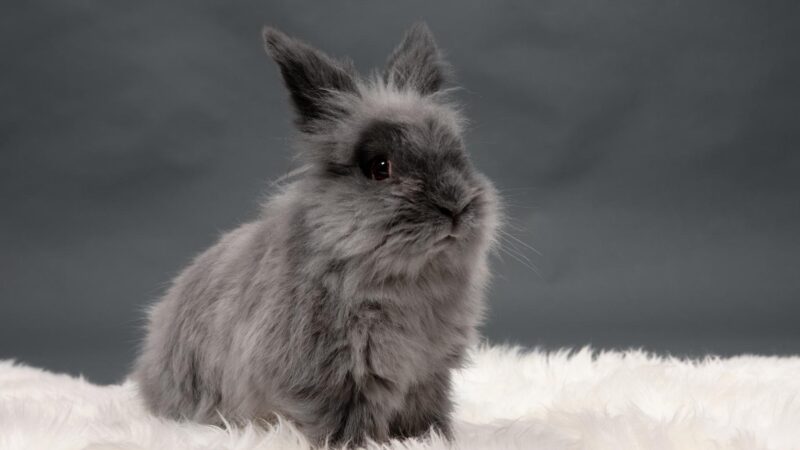
Lionhead rabbits can live from 7 to 10 years. This rabbit species is a dwarf breed and is only about 8-10 inches long and weighs 2.5-3.5 pounds (1.1 to 1.6 kilos).
Their ears are about 2-3 inches long, while their fur is fluffy and thick, especially around their necks. These petite rabbits are playful, smart, and great pets.
How Long Do Lop Rabbits Live?
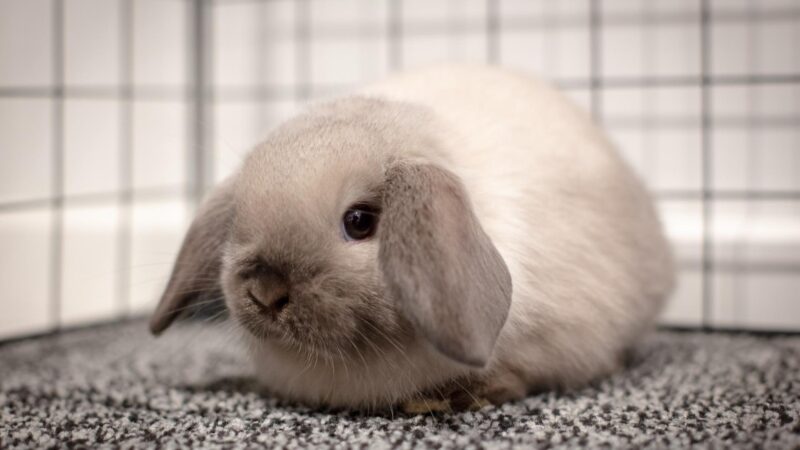
Also called lop-eared rabbits, lop rabbits have drooped ears instead of erected, hence the name. Based on the studies made by Charles Darwin, this is due to the abnormality in their skull.
There are several breeds of lop rabbits, and one of the most common breeds is the Holland Lop, which can live from 7 to 10 years.
How Long Do Rex Rabbits Live?
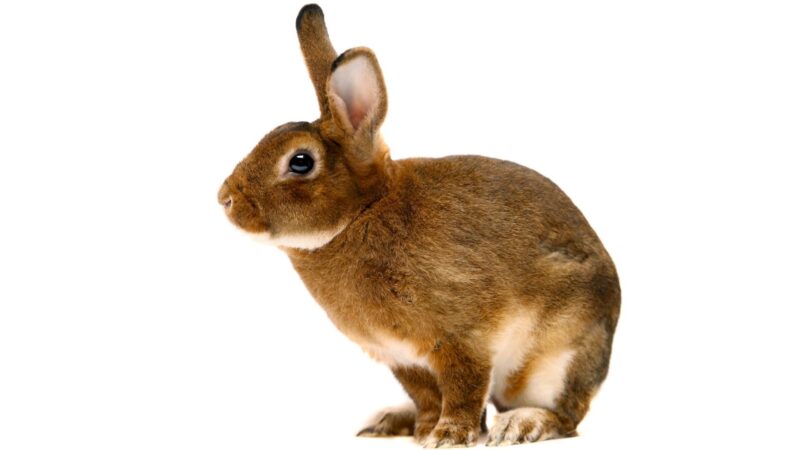
The Rex rabbit is a pet rabbit that can live up to 6- 8 years. This medium-sized rabbit breed is only one of the nine breeds that belong to the rex rabbit (the “r” in rex is a small letter) breed.
They have an average weight of 3-3.5 kilos (6.6-7.7 pounds), and their ears are upright. Most Rex rabbits are also used in shows.
How Long Do Dutch Rabbits Live?
Dutch rabbits can live up to 6-9 years. With an average adult weighing about 2 to 2.5 kilos (4.4 to 5.5 lbs.), this rabbit species is known to be gentle, intelligent, and easy to train.
Contrary to what many people thought, Dutch rabbits did not come from the Netherlands. Instead, they were developed in England in the 1830s.
What Role Does Diet Play in Rabbit Longevity?
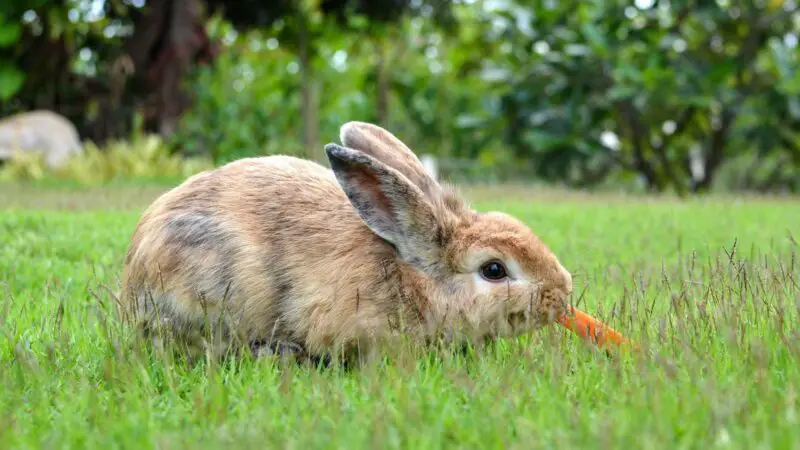
Just like in other pet animals, a proper diet plays a very important role in helping a rabbit live longer. Aside from being safe from predators, eating nutritious foods is also a major factor why pet rabbits have a longer lifespan than wild rabbits. This will not only make them healthy but will also help prevent them from getting sick.
Frequently Asked Questions
How Old Is the Oldest Rabbit?
According to Guinness World Records, the oldest rabbit that ever lived was a wild rabbit named Flopsy, who was caught on August 6, 1964. He became a pet of L.B. Walker, who lives in Longford, Tasmania, in Australia.
Flopsy died in 1982 at the age of 18 years, 10 months, and 3 weeks. The cause of death is known.
Nonetheless, another rabbit named Mick landed as the world’s oldest rabbit by GWR. This is a month after the animal celebrated its 16th birthday on February 9, 2019.
The teenage rabbit was owned by Liz Rench, from Chicago, Illinois. But on May 24, 2019, Rench announced that Mick has passed away the day before.
What Breed of Rabbit Has the Longest Lifespan?
Currently, there is no official study stating the rabbit breed that has the longest lifespan. Nevertheless, some unofficial reports say that American rabbits can live from 8 to 12 years.
Originally known as German Blue Vienna, this rabbit breed is a medium-sized rabbit that weighs 4-5 kilos (9-11 lbs.) and is considered rare.
Meanwhile, dwarf rabbits are also considered to be able to live the longest. Despite having small size and being prone to diseases, they can also live up to 12 years.
On the other hand, bigger rabbit species have a shorter lifespan, which is between 5 and 6 years. Pet rabbits also live longer than wild rabbits.
How Can I Make My Rabbit Live Longer?
Having a pet rabbit is similar to having any kind of pet animal. To help them live longer, rabbits need nutritious food, a good supply of water, a comfortable home, exercise, and regular check-ups.
They also have some special needs that you should know. Here’s how you can help your pet rabbits have a longer life:
1. Give your rabbit proper nutrition.
Rabbits are herbivores, not omnivores. This means that they eat plant materials, not meat and plants. Hay is a very essential food for them since it is their main source of fiber.
Eating fresh hay helps rabbits a lot in their digestion system. It also allows them to chew continuously, thus, keeping their incisors (teeth) sharp.
Rabbits should also eat vegetables such as broccoli, leaf lettuce, and other fresh greens. Contrary to common beliefs, rabbits should not eat carrots all the time.
Just like fruits, carrots are high in sugar and should be given to rabbits only as treats, not as main foods. These foods can also lead to obesity and tooth decay.
Commercial rabbit pellets such as Oxbow Essentials Adult Rabbit Food have antioxidants and prebiotics that support the health of your rabbit’s immune system.
However, they should be given in very little amounts. Most veterinarians recommend giving rabbits less than 1/8 cup of pellets per 5 lbs. of rabbit per day.
Adequate water intake is very important to rabbits. Aside from being dehydrated, rabbits that lack clean drinking water may cause dryness of their intestines.
Hence, the food in their stomach will not be digested properly. This problem can lead to gastrointestinal disorders, which can be life-threatening if not treated at once.
2. Give your rabbits a comfortable cage and bedding.
Generally speaking, the size of rabbit cages should depend on the size of your pet rabbit. Rabbits are also very active animals and need cages where they can hop freely in any direction.
Rabbit cages should have a flat, solid floor instead of wire. This is to prevent rabbits from having foot injuries such as “sore hocks.”
To help rabbit owners, the American Rabbit Breeders Association (ARBA) posted the appropriate rabbit cage size based on the rabbit’s weight, according to the recommendation from the US Animal Welfare Act.
Note that these are only recommended minimum sizes, which means that the larger the cage, the better.
For adult rabbits:
- Breeds weighing less than 4.5 lbs (less than 2 kilos): 1.5 sq ft
- Breeds weighing 4.5 – 9 lbs (2 – 4 kilos): 3 sq ft
- Breeds weighing 9 – 12 lbs (4 – 5.4 kilos): 4 sq ft
- Breeds weighing over 12 lbs (over 5.4 kilos): 5 sq ft
For nursing rabbits (Doe):
- Doe weighing less than 4.5 lbs: 4 sq ft
- Doe weighing 4.5 – 9 lbs 5 sq ft
- Doe weighing 9 – 12 lbs: 6 sq ft
- Doe weighing over 12 lbs: 7.5 sq ft
For all sizes and breeds, the recommended minimum height of each rabbit cage is 14 inches. Also, subtract the space for the feeder and waterer. If you will build a rabbit cage, you can use PVC pipes, wood, or wire.
If you want to buy one, Living World Deluxe Habitat Rabbit Cage is one of the best cages today.
Rabbits tend to eat their cage bedding, so avoid using wood chips or shavings, and other toxic materials. Aside from hay and pellets, you can also use Aspen shreds, soft straw, and shredded paper.
But because rabbits may poop and pee on their bedding, replace them regularly and make sure they are clean and dry.
Rabbits are also territorial creatures, which means mixing 2 or more rabbits in a single cage is not advisable. Otherwise, they may fight for dominance once they reach sexual maturity.
Nonetheless, rabbits are also social animals. If you plan to put two rabbits in a common cage, introduce them while they are still young.
3. Let your rabbit play and do some physical exercises.
Just like pet dogs and cats, rabbits also love to play. Most of them enjoy playing with chewable toys such as cereal boxes, cardboard egg cartons, small boxes with holes, and toilet paper rolls.
If you want to buy toys for your rabbits, Andwe Small Animals Play & Activity Balls Rolling Chew Toys are an ideal choice.
Rabbits also like toys that produce sounds while they are chewing them. This includes baby toys such as rings of plastic keys and rattles.
When choosing rabbit toys, make sure they are non-toxic and have no small parts that your rabbits may accidentally swallow. To add fun, put treats inside the toys.
Rabbits also need some physical exercises so they can stretch their legs. You should allow them to go outside their cages for a few hours every day. Note, however, that rabbits have fur, and they don’t sweat.
This means that they should not be in the snow and under the rain or direct sunlight for a very long time.
Rabbits have an average body temperature of 102°F (38.8°C). The “comfort zone” or ideal outside temperature for them is between 20°F and 60°F (-6.6°C and 15.5°C).
To make them feel cold during summer, place frozen bottles inside their cage where they can lay on them and provide them with proper ventilation.
4. Bring your rabbit to a veterinarian regularly.
Pet rabbits are prone to infectious diseases such as Myxomatosis, Rabbit Hemorrhagic Disease (RHD), and Encephalitozoonosis. Sad to say, most rabbits with these illnesses don’t show any symptoms during the early stage.
There are also no effective treatments, and vaccination is not available in some countries.
Rabbits may also carry zoonotic diseases or illnesses that animals can transmit to humans. This includes Cryptosporidiosis, Dermatophytosis, Pasteurellosis, and Mycobacteriosis.
Transmission is possible through direct contact, inhalation of rabbit feces and urine, and consumption of contaminated food or water.
This is why you should bring your young rabbits to a veterinarian for a check-up at least once a year. For old rabbits and those with medical conditions, visits to a vet should be more frequent.
Based on research, around 80 percent of female rabbits may also develop uterine cancer as young as three years old.
Finally, rabbits should also undergo regular dental care. These lagomorphs (along with rodents) have open-rooted teeth, which means their teeth grow continuously while they are alive.
But unlike rodents, rabbits have two small, tube-shaped front incisors, which is why dentists should monitor them very closely.
Summary
Proper caring for pet rabbits can be very challenging and a bit expensive. But more importantly, it requires time and patience. Once you decide to have one, you cannot return them to the wild.
Otherwise, predators such as snakes and raccoons will kill them. Rabbits live long because people take care of them.
